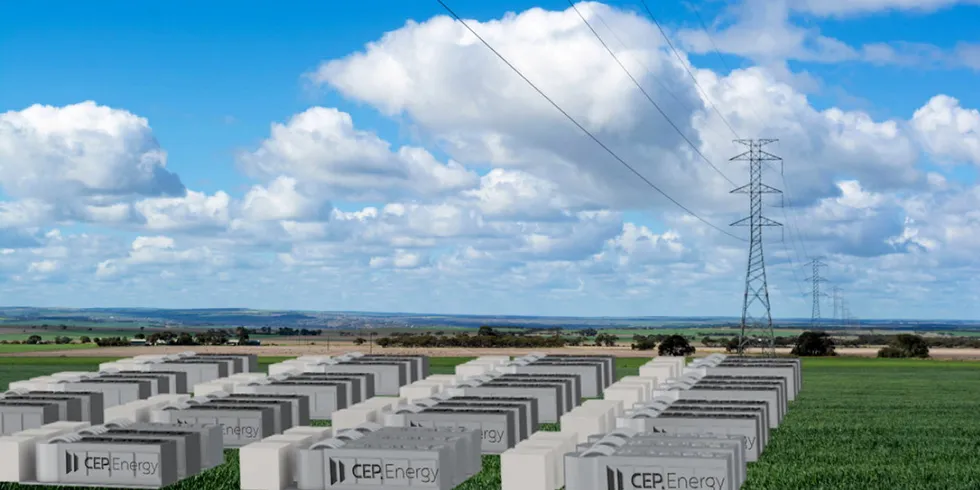World's first GW-scale battery project unveiled in Australia in snub to gas-fixated government
CEP Energy's 1.2GW project would directly compete with a 1GW gas-fired plant planned at same New South Wales site

CEP Energy's 1.2GW project would directly compete with a 1GW gas-fired plant planned at same New South Wales site
